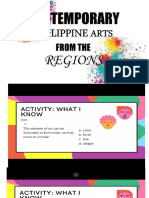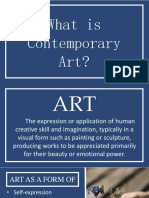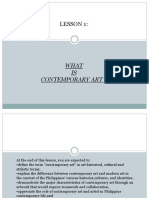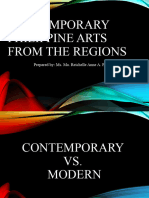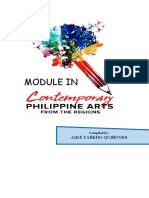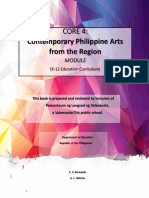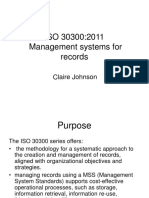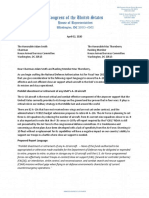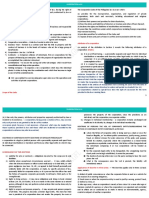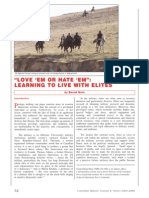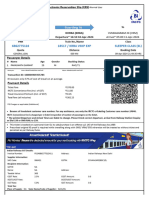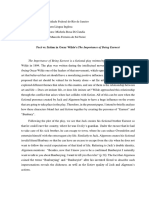0% found this document useful (0 votes)
5 views1 pageContemp
Contemporary art is characterized by its site-specific nature, process-based integration of various mediums, and the necessity of audience interaction. It differs from modern art in historical, stylistic, and cultural contexts, being fluid and continuously evolving. The document also outlines the historical overview of Philippine art, highlighting key periods and influential artists such as Imelda Cajipe Endaya and Victorio Edades.
Uploaded by
toyonganreaCopyright
© © All Rights Reserved
We take content rights seriously. If you suspect this is your content, claim it here.
Available Formats
Download as DOCX, PDF, TXT or read online on Scribd
0% found this document useful (0 votes)
5 views1 pageContemp
Contemporary art is characterized by its site-specific nature, process-based integration of various mediums, and the necessity of audience interaction. It differs from modern art in historical, stylistic, and cultural contexts, being fluid and continuously evolving. The document also outlines the historical overview of Philippine art, highlighting key periods and influential artists such as Imelda Cajipe Endaya and Victorio Edades.
Uploaded by
toyonganreaCopyright
© © All Rights Reserved
We take content rights seriously. If you suspect this is your content, claim it here.
Available Formats
Download as DOCX, PDF, TXT or read online on Scribd
/ 1

